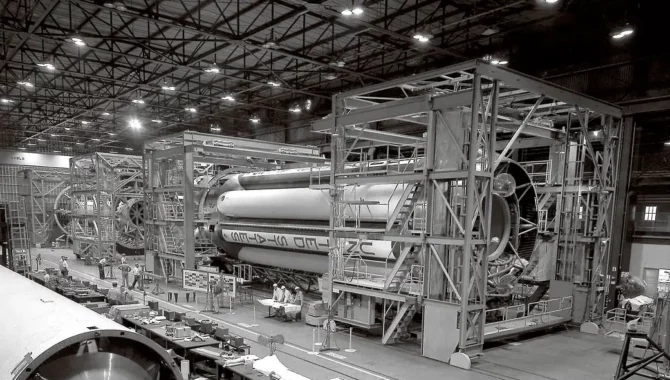
Saturn I-A was the bold first step in a giant technological leap.

Saturn I-A was the bold first step in a giant technological leap.
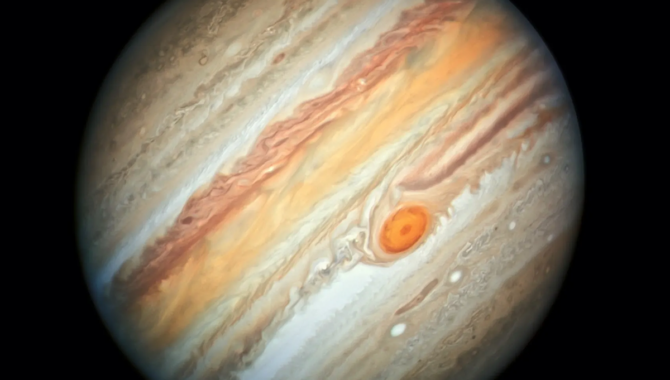
New spacecraft to gather data on complex Jovian system and three icy moons that could contain vast oceans.
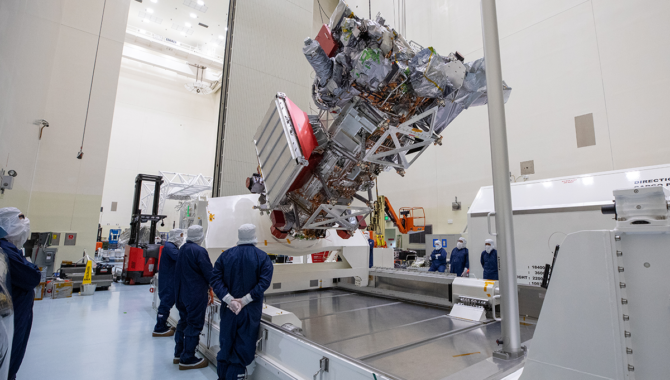
By examining Jupiter’s icy ocean moon, scientists hope to determine if conditions are right to support life.
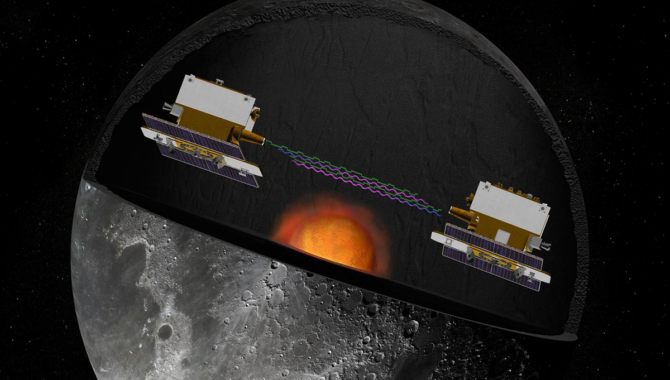
Twin spacecraft reveal the Moon’s complex interior and history.
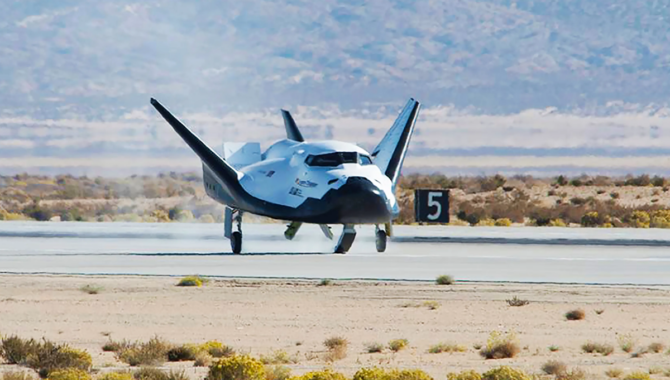
Dream Chaser, with roots in a NASA project from the 1990s, will take lifting body design to new heights.
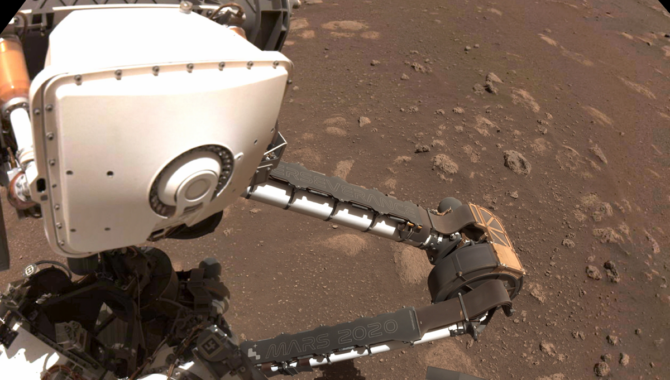
Teams are creating AI tools to find new craters on Mars, forecast algae blooms, estimate hurricane intensity, improve weather and climate models, and track the smoke from wildfires.
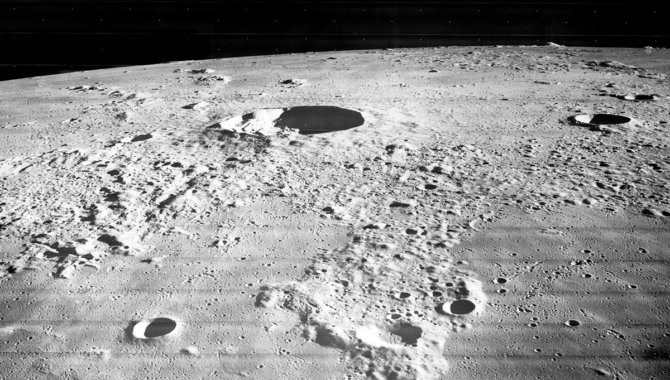
A young geologist catalogs thousands of photos of the lunar surface and helps to identify key landing zones for the Apollo program.
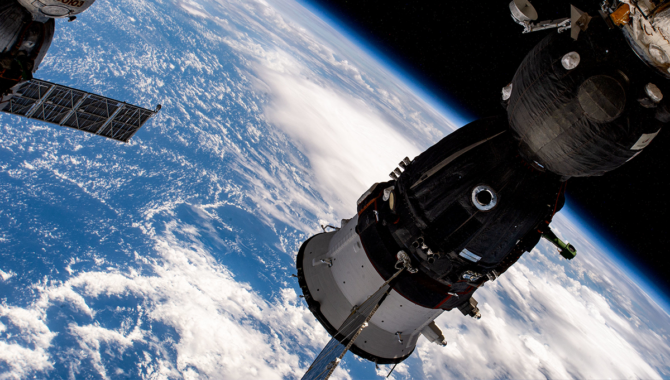
Powerful new spacecraft under development will guide the venerable station through Earth’s atmosphere to a remote ocean site, sometime after 2030.
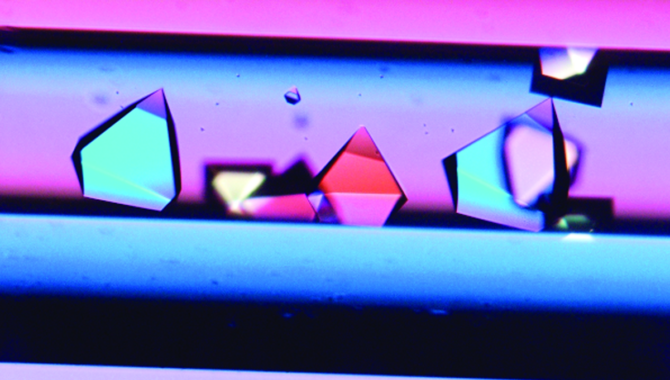
Unique properties of microgravity lead to more effective drugs.